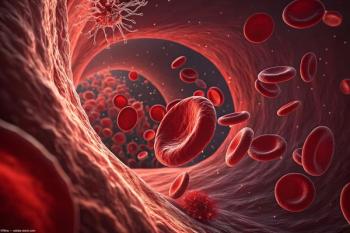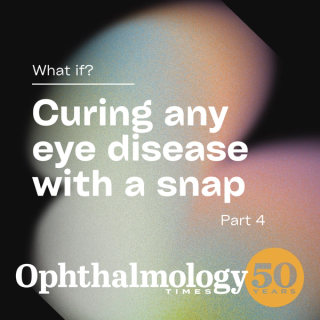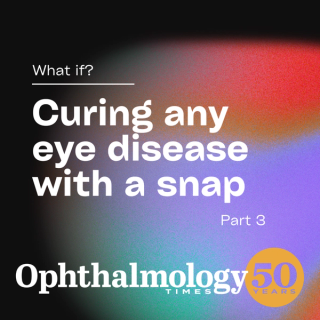
Geographic Atrophy
Latest News
Video Series
Latest Videos
CME Content
More News


New research highlights iron dysregulation's role in dry AMD, suggesting transferrin as a promising treatment to slow disease progression.

Xelafaslatide (formerly ONL1204) is a small-molecule Fas inhibitor designed to protect key retinal cells from cell death that occurs across multiple retinal diseases and conditions such as geographic atrophy.

Maximizing treatment based on GA location, lesion progression, and morphologic retinal changes.

The company can now initiate the Opti-GAIN (Optimized Geographic Atrophy INterventional) phase 1/2 clinical trial.


A recent study reveals that most UK patients with geographic atrophy find intravitreal complement inhibitors acceptable, emphasizing the importance of perceived visual benefits.

Character Biosciences enhances its leadership team and secures $93 million in Series B funding to advance treatments for degenerative eye diseases.

K8 was found to reduce geographic atrophy lesion area growth by more than 50% in its first human clinical trial of the drug.

Belite Bio completes its phase 3 trial for tinlarebant, a potential first treatment for Stargardt disease, with results expected in late 2025.

A new study explores the "drusen ooze" hypothesis, revealing how drusen can regress without atrophy in age-related macular degeneration.




Kriya is developing gene therapies targeting chronic diseases such as geographic atrophy, trigeminal neuralgia, and type 1 diabetes.

Fovea-sparing, multifocal, and bilateral lesions exhibited the fastest growth rates.

Omer Trivizki discusses promising results of VOY-101, a gene therapy for geographic atrophy, highlighting safety and next steps in ongoing research.

Dr. Nimesh A. Patel reveals key findings on pegcetacoplan and anti-VEGF treatments for geographic atrophy and neovascular AMD at ASRS 2025.


Vonaprument has received fast track designation from the US Food and Drug Administration.

SAR446597 is a one-time intravitreal gene therapy treatment for the treatment of geographic atrophy

Preliminary results of PST-611-CT1 are anticipated early 2026, subject to patient recruitment.

New findings reveal RG6501 cell therapy shows promising long-term visual improvements for geographic atrophy patients

Assistive devices empower patients with central vision loss to regain independence, enhancing daily activities and reducing reliance on low vision centers.

The trial treated 9 patients in 3 sequential, ascending dose-level (DL) cohorts.



























































.png)


